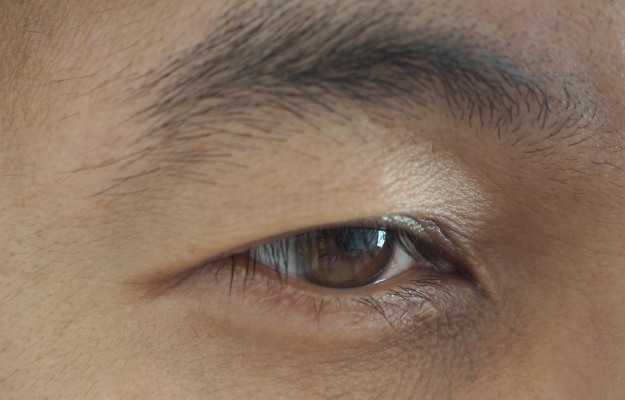Drooping eyelids are medically called ptosis or blepharoptosis. In this condition, the border of the upper eyelid droops down to a position lower than normal. In severe cases of ptosis, the drooping eyelid covers either half or all of the pupil (the centre portion of the eye), thus interfering with vision.
Ptosis may be present at birth (congenital ptosis) or be acquired later in life. Congenital ptosis occurs due to an abnormality of the muscle which lifts the eyelid (the levator muscle). A person with a drooping eyelid may present with other symptoms like loss of the crease between the eyelid and eyebrow, bulging or puffiness of the eyes, dark circles or bags under the eyes, dry or watery eyes and vision problems.
Drooping eyelids can occur due to ageing, eye infections, eye tumours, peripheral nerve damage, brain aneurysm, thyroid dysfunction, diabetes, neuromuscular diseases like myasthenia gravis and oculopharyngeal muscular dystrophy. Sudden drooping of the eye can indicate stroke which can be life-threatening if not treated on time.
Usually, ptosis is not treated if it does not give any trouble to the patient. The treatment is done when the drooping eyelid either blocks your vision or affects your appearance. The treatment involves correction of the problem by surgically raising the drooping eyelid.
For babies born with severe congenital ptosis, the doctor performs prompt corrective surgery to prevent permanent vision damage. Children with mild ptosis without impaired vision are either treated with surgery or non-surgical measures such as botox and fillers. Other treatments are done according to the underlying conditions.
(Read more: Vision problems in babies)

 Doctors for Drooping eyelids
Doctors for Drooping eyelids 


















